Avatar: The Last Airbender, often referred to as “Avatar: The Legend Of Aang,” is an animation series that became a hit with audiences spread all over the world from 2005 to 2008. Created by Michael Dante DiMartino and Bryan Konietzko, it tells the story of Aang, a young Air Nomad boy who discovers he is the Avatar, the sole individual capable of manipulating all four elements: air, water, land, and fire. Thrown into a world destroyed by the Fire Nation’s imperialistic war, Aang and his new friends Katara and Sokka, along with their animal friends, start a dangerous quest to master the elements and bring the world back to its normal state.
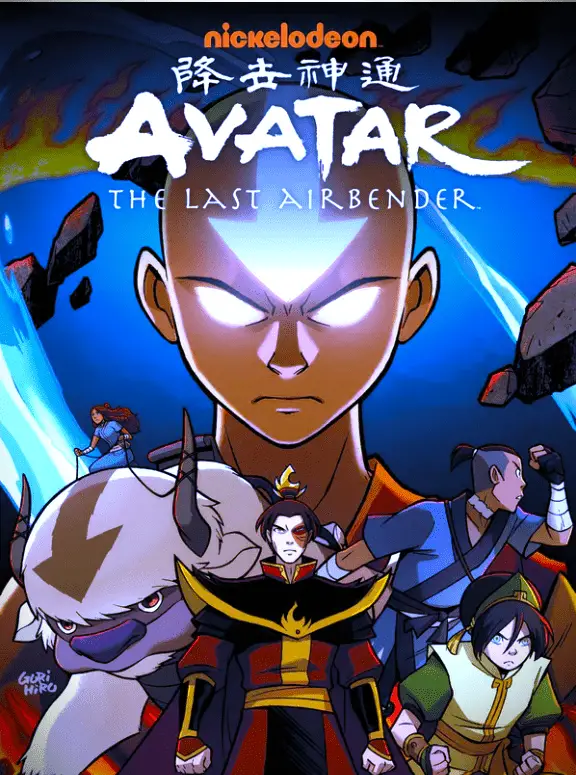
All the basic information related to Avatar: The Last Airbender is mentioned in this table, which is as follows:
| Title | Avatar: The Last Airbender also Known as Avatar: The Legend of Aang |
| Content-Type | Animated Series |
| Language | English |
| Genres | Action-adventure Comedy Drama Fantasy |
| Total Episodes | 61 |
| No. of Seasons | Season 3 |
| Running Time | 23 min./episode |
| Production Company | Nickelodeon Animation Studio |
| Created By | Michael Dante DiMartino Bryan Konietzko |
Avatar: The Last Airbender Story:
The series takes place 100 years after the Fire Nation started an unimaginable war to dominate. The only Air Nomad left, Aang, learns he is Avatar, who is to bring balance back. With the spirited Katara, her stoic brother Sokka, and the exiled Earth Kingdom prince Zuko, Aang set out on an unsafe journey of mastering the elements to defeat the Fire Lord. The four nations, each specializing in one element, reflect these influences:
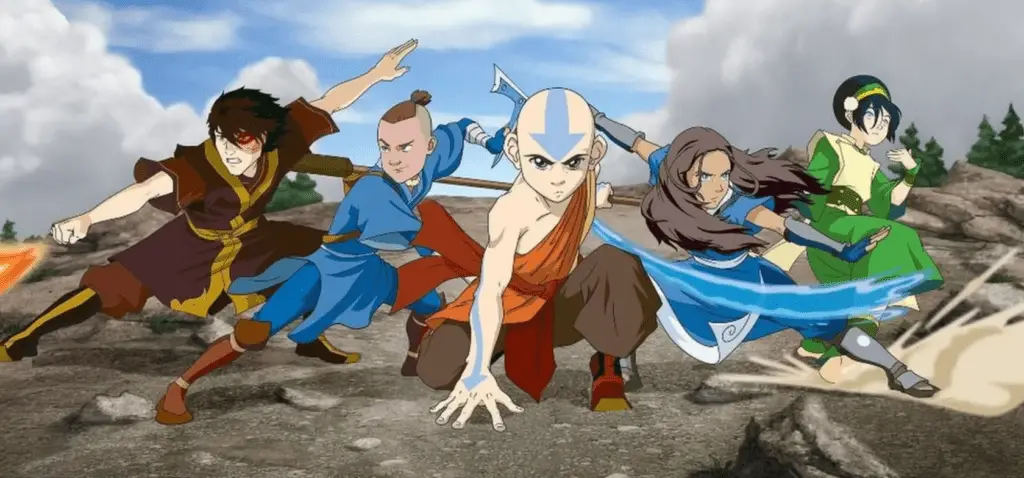
- Air Nomads: Derived from the Tibetan monks, they are peaceful and spiritual, living in unison with the nature and the animals.
- Water Tribes: Inuit and indigenous North American cultures influenced them; they are versatile and resourceful, living in peace with the sea.
- Earth Kingdom: Chinese culture, is the most populous nation, varied in landscapes and cultures.
- Fire Nation: Derived from periods of Japanese militarism, it is a militaristic and expansionist nation, using the latest technology.
A Journey of Growth and Self-Discovery: Although the main storyline is about Aang learning to master the elements and finally defeating the Fire Lord, the show is more than a standard action/adventure series. It covers issues of war and peace, colonialism and oppression, friendship and kinship, and the value of equilibrium.
Aang’s journey is not a mere mastery of physical skills; it is an inner struggle, empathy, and the complexity of the world. He encounters trials that make him doubt his pacifist ideals, struggle with loss and sorrow, and take hard decisions.
The supporting characters, Katara, Sokka, and their animal friends, contribute more flavors to the story. Katara is a powerful and determined waterbender who learns how to subdue her anger and fear. Sokka starts as a doubting Thomas of Aang’s abilities but later becomes a tactician and a trusted friend. All characters undergo development and change during the course of the series.
Avatar: The Last Airbender Characters:
Aang: Aang, the last Air Nomad and the Avatar, represents hope and purity. He is too heavy for his destiny and fights with his playful nature and the duty of controlling the elements. Although he is hesitant at first, he develops into a brave leader, motivated by his humanity and yearning for tranquility.
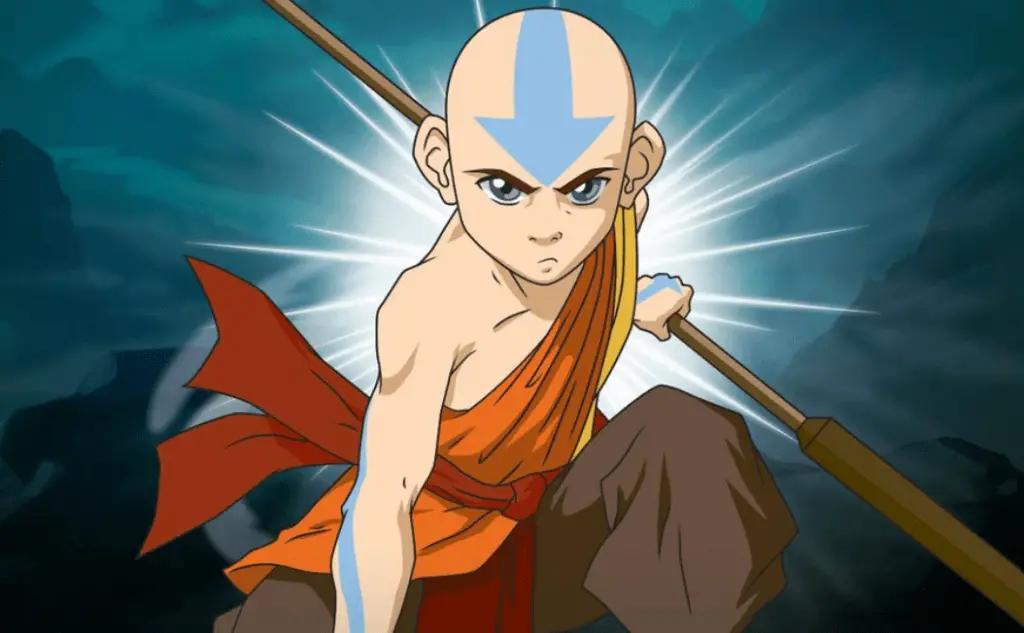
Katara: A waterbender who is both determined and kind-hearted, Katara is Aang’s moral compass. Being at first sorrowed by her mother’s death, she turns her tragedy into strength to reveal herself as a mighty warrior, being inevitably led by her sense of righteousness and the strong protection she has over all of her beloved ones.
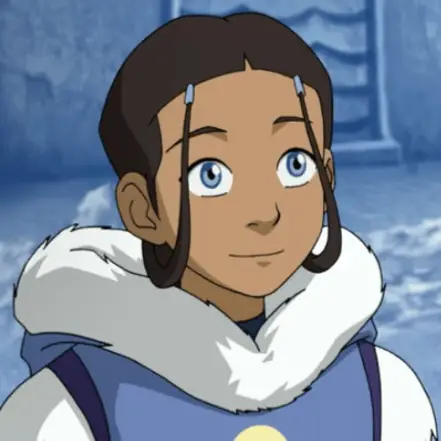
Sokka: Sokka, the resourceful and sarcastic brother of Katara, is the voice of reason and brings some much-needed humor into the mix. Even though he is not a bender, he shows his value as a tactical mind and adept warrior, using his boomerang and mental agility with remarkable ability.

Toph Beifong: Toph, a blind yet powerful earthbender, is a renowned force. However, she is very independent, strong-willed, and breaks the boundaries society has set for her, becoming an important member of Team Avatar, using her seismic sense to navigate and fight masterfully.

Zuko: Having an initial purpose of revenge against the Avatar for his forced scarring, Zuko is introduced through a deep and emotional narrative. Conflicted by loyalty to his manipulative father, the Fire Lord, and his own conscience, he decides to assist Team Avatar and to reinstate himself.

Azula is Zuko’s crafty and manipulative sister, driven by power and control.
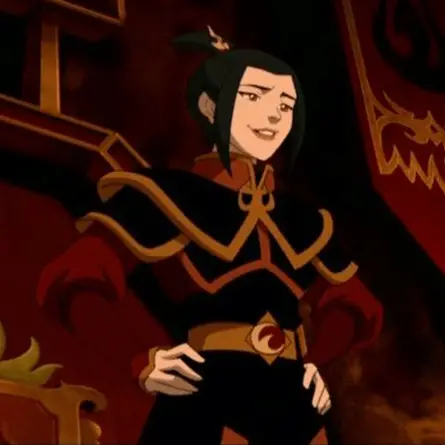
Uncle Iroh: Zuko’s wise, eccentric uncle, Iroh, is among the greatest firebenders and also a source of insight for both Zuko and Aang. Although he was captured by the Fire Nation, he remains positive and finds ways to share his knowledge and wisdom about miracles of peace, forgiveness, and inner power.
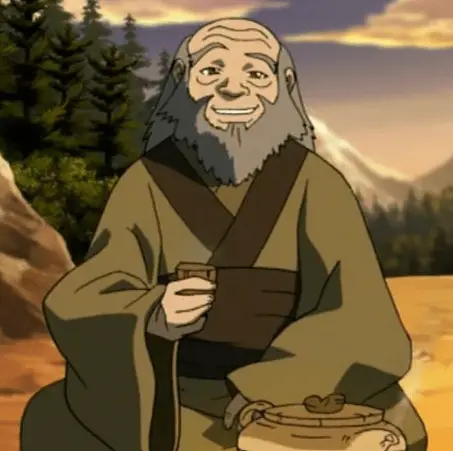
Avatars Before Aang:
• Avatar Roku: He was a Fire Nation man from the Fire Nation, was a good friend of Fire Lord Sozin, and preached keeping peace through diplomacy. Sozin’s betrayal and conquest of the rest of the world paved the way for Aang’s adventure.
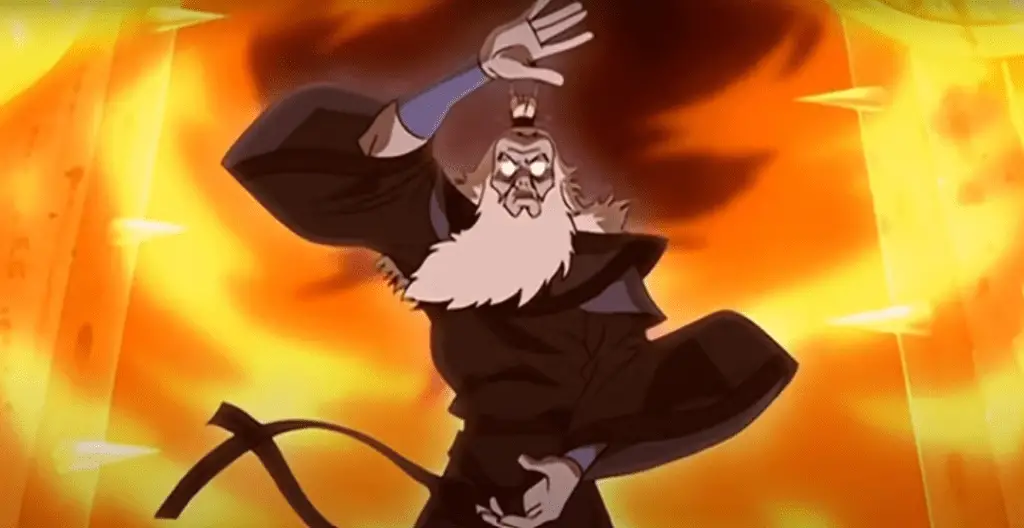
• Avatar Kyoshi: She was born in the Earth Kingdom and was the longest-lived known Avatar who established the Kyoshi Warriors and ensured the Earth Kingdom’s stability by forceful means when necessary.
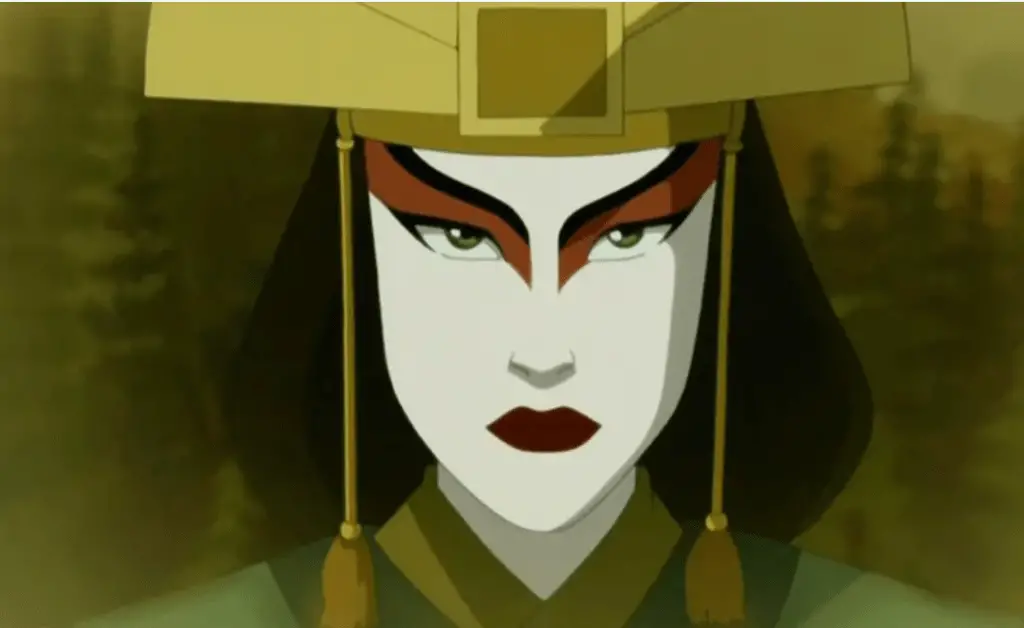
• Avatar Kuruk: He was a Northern Water Tribe Avatar, and he was a fun-loving and easy-going Avatar, but he found it hard to balance his job and his love of life. He saw the issue of a spirit invasion in his own days and thought out unusual ways to overcome it.
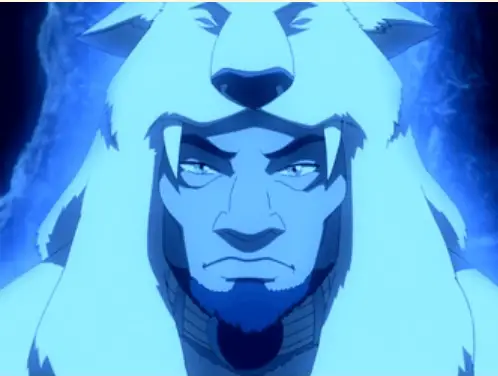
• Avatar Yangchen: Coming from the Air Nomads, she was the last avatar before Aang to learn airbending before anything else. Her sagacious nature and firm leadership made her famous, and she made the Air Nomads peacekeepers, helping to maintain balance during a chaotic time.
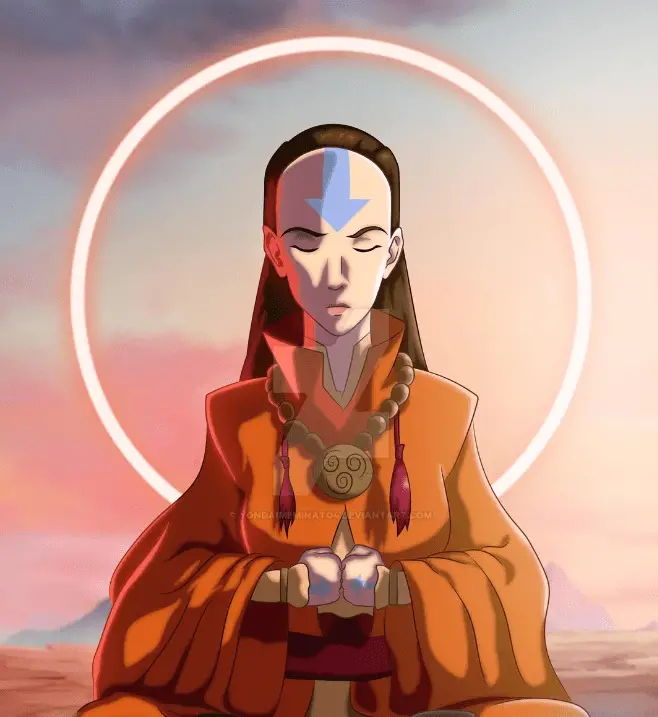
Avatar: The Last Airbender Release Date:
Nickelodeon first aired the opening episode of the original cartoon series “The Boy in the Iceberg” on February 21st, 2005. The series was aired for three seasons and it closed on July 19, 2008.
Avatar: The Last Airbender Episodes and air date:
Book 1: Water (20 episodes) were premiered on February 21st, 2005.
Book 2: Earth (20 episodes) was launched on March 17, 2006.
Book 3: Fire (21 episodes) premiered on September 21, 2007.
Avatar: The Last Airbender IMDb rating:
Avatar: The Last Airbender (2005–2008) has an average rating of 8.3 from more than 540,000 ratings. This places it among the top-rated animated series on IMDb.
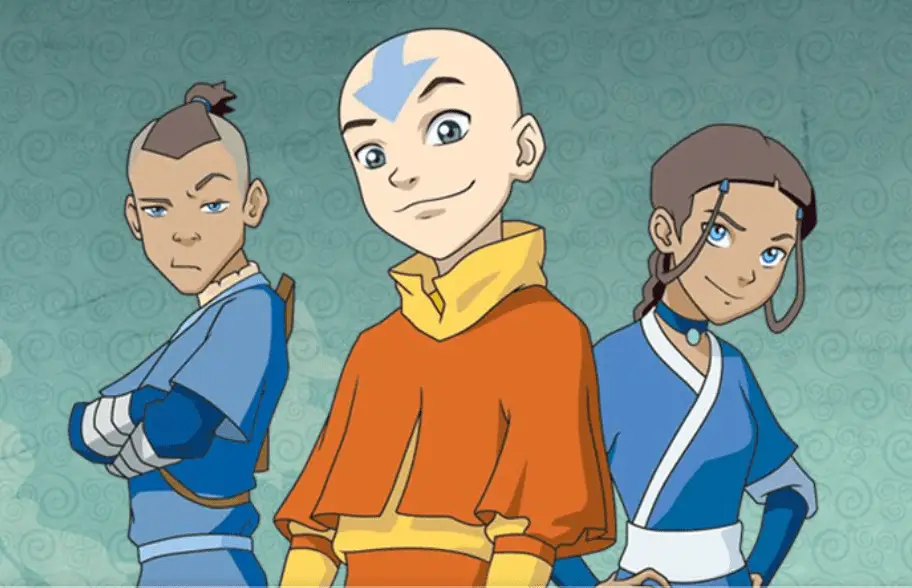
Avatar: The Last Airbender review:
Avatar: The Last Airbender has an impressive 98% rating on Rotten Tomatoes, which means it received favorable reviews from most critics. It has won various honors such as Peabody Awards, Annie Awards, and Primetime Emmy Awards. Here is the closure look to its review:
Positive Review:
- Compelling characters and their development: They are also commended for their development, well-roundedness, and changes over the entire series.
- Rich and complex world-building: The world is made in great detail with various cultures, histories and forms of bend.
- Engaging and thought-provoking story: The narrative addresses themes of war, peace, family, friendship, and self-discovery in a manner that is sophisticated and entertaining.
- Beautiful animation and music: The animation is appreciated for its flicker-like style and lightness, while the music is celebrated for its power of feeling.
Mixed Review:
- Pacing in early episodes: The first episodes are too slow for some viewers compared to the other parts of the series.
- Certain plotlines: A few people believed certain subplots were too weakly developed or had the wrong ending.
Recommendation: Avatar: The Last Airbender is a cult classic that is celebrated for its characters, world-building, story, and animation. Though some critiques are minor, both critical and audience acclaim make it a classic. The live-action form of the adaptation has received a mix of reviews, with some people liking the visuals while others like the original one’s emotional impact and fidelity to the original story.
Unknown and interesting facts about Avatar: The Last Airbender:
There are some secrets and lesser-known facts about Avatar: The Last Airbender. Here are a few:
- Two Meanings: The title of each episode has a double meaning: one literal and two symbolic. Such as “The Storm,” which alludes to the actual storm and Aang’s inward emotional tempest.
- Real-World Inspiration: Fire Nation is based on Japanese imperialism, and Water Tribes are similar to Inuit culture. The Earth Kingdom is a mix of elements of Chinese and Mongolian traditions, and the Air Nomads are in a Tibetan Buddhist style.
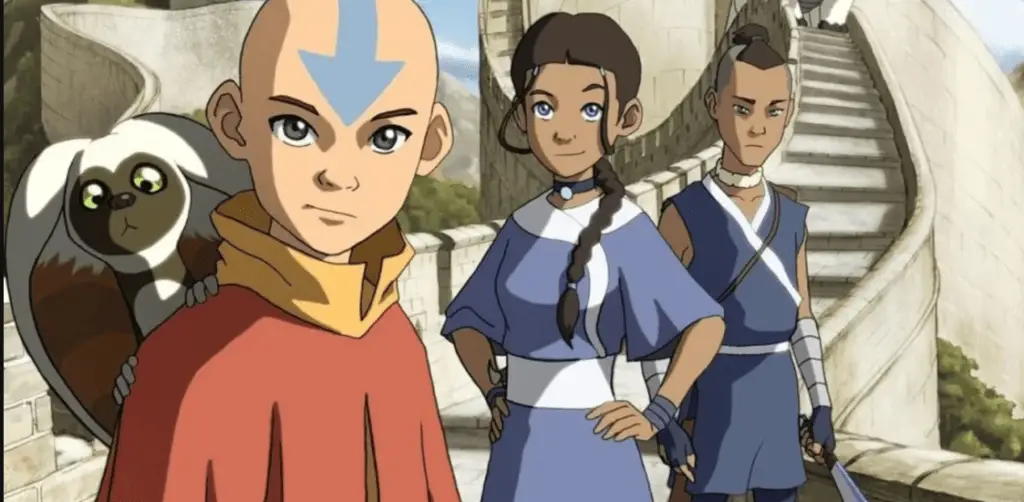
- Voice Acting Secrets: Mako Iwamatsu, the original voice of Uncle Iroh, died during season 2. His substitute, Greg Baldwin, smoothly took over the role, and the vast majority of the fans did not even realize that the actor had changed.
- Unexpected Connections: The official star of tennis, Serena Williams, actually enjoyed the shows very much since she even voiced characters in both “Avatar: The Legend of Aang” and its sequel, “The Legend of Korra.”
- Hidden Clues: The eyes of all the characters turn colors subtly, depending on the emotion the character is portraying and the type of element.
- Animal Symbolism: Every character has an animal spirit, and it is a reflection of their character and destiny. For instance, Aang’s is a fun lemur, reflecting his boyish character, while Zuko’s is a vicious dragon, representing his inner dichotomy.
- Momo’s Mystery: At first, the creators imagined Momo, Aang’s pet lemur, as the embodiment of his mentor, Monk Gyatso.
Conclusion:
In conclusion, Avatar: The Last Airbender is something bigger than just ‘animated series’; it’s a cultural event. The story is a compelling tale of the process of growth, friendship, and the quest for balance, blended with the variety of cultural influences and thought-provoking themes. The passion that it inspired in audiences remains to still of this day that the world of story and animation.
More Than Just a Kids’ Show: Though animated and having some light parts, there are adult themes in Avatar: The Last Airbender. The series shows the horrors of war, the destructive impact of imperialism, and the ambiguities of human nature. It covers issues related to genocide, manipulation, and sacrifice, and provides complex characterizations of villains and situations with moral ambiguity.
Beyond the Series: The success of Avatar was a factor in the sequel, The Legend of Korra, being set 70 years after the first series. It went on to cover fresh themes, presented new bending approaches, and extended the previous mythology. Further, comic books, novels, video games and a live-action adaptation on Netflix have expanded the world of Avatar.
A Legacy of Storytelling: Avatar: The Last Airbender exists beyond its 61 episodes. It is praised for its captivating storyline, well-drawn characters and significant themes. It has given birth to a legion of fans, fueling creativity, cosplay, and online groups.
Avatar: The Last Airbender trailer:
The Avatar: The Last Airbender animated series trailer, which is released on the Youtube channel, is as follows:
FAQs:
1. What is the plot?
Ans: Aang, the avatar, a young air nomad, has to learn how to control all four elements and kill the Fire Nation to save the world.
2. Where can I watch the Avatar: The Last Airbender series?
Ans: The series is available to watch on Netflix, Paramount+, Nicktoons, and Amazon Prime Video.
3. Who is the most powerful Avatar?
Ans: There are different views, but some of the contenders would be Aang, Kyoshi and Roku.
4. What is the meaning of Aang’s tattoos?
Ans: The tattoos represent Aang’s ability in airbending. They are received by the young Air Nomads – benders and spiritual beings, usually after they have finished their training.
5. Did the series succeed?
Ans: Yes, it was critically and commercially successful, gaining a cult following and several awards.
Read Also: Avatar: The Last Airbender Netflix Web Series

Hey, I am Rahul Kamble a Data Analyst by profession and a Blogger by Passion. I am the founder of LetSetReview.com. Here we provide you with the latest and trending information of the entertainment world from Celebrity News to Upcoming Movies and Web Series. Read More.




